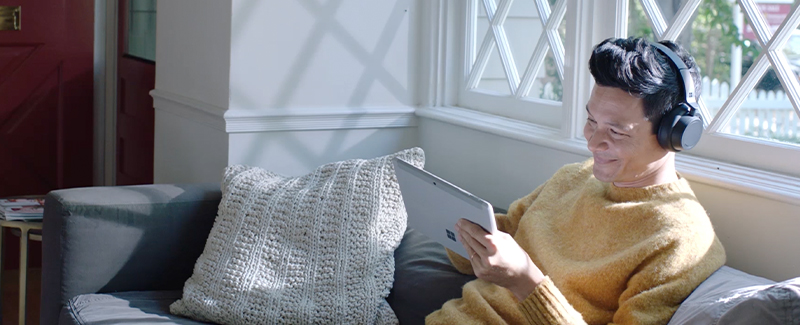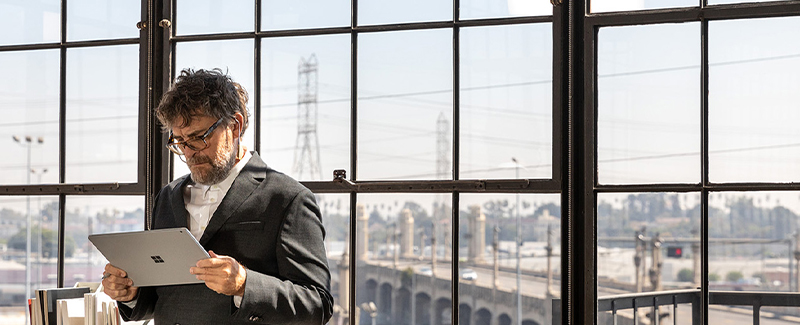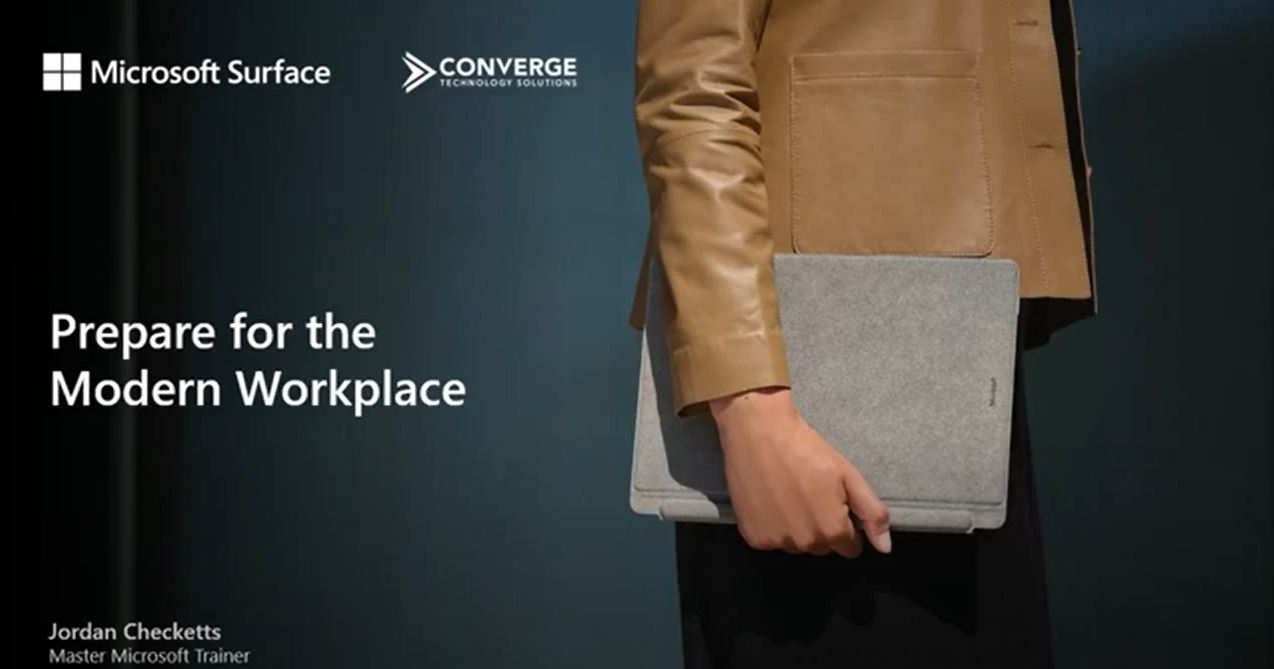It can still mean that nowadays. However, for many going to work looks more like sitting at the dining room table wearing a clean shirt and pajama bottoms, firing up the laptop, and shooting a quick “Hello!” to coworkers via Teams to signal that you are on the clock.
Welcome to the Modern Workplace, a concept for which we began hearing the benefits long before the start of the pandemic.
So, what is the Modern Workplace? What does it mean for workers? What are the IT implications?
Here is some of what we learned over the past two years as Converge helped millions of workers across North America make the transition while we made it too.
What the Modern Workplace Is
We view the Modern Workplace as a thoughtfully planned IT ecosystem that allows employees to connect, collaborate, create, and contribute safely and seamlessly from anywhere, at any time.
It is a vision that we have been developing for many years as we heard about how remote or hybrid environments can transform how we work.
Here is what the top OEMs in this space were saying before 2020:
- Microsoft Surface described it as an “intuitive approach” that simplifies “device lifecycle management, software upgrades, and IT needs.”
- According to Lenovo, it promises a “significant reduction in the portion of an organization’s technology budgets used to maintain legacy IT systems.”
- Dell emphasizes the impact on productivity and how it can provide “a crucial competitive edge when multiplied across an entire workforce.”
What It Means for Workers
Working remotely can represent freedom, flexibility, security, and better work-life balance. So much so that 56% of employees have reported an increase in their levels of happiness.
At the same time, it has forced workers to take on more responsibility than ever regarding cybersecurity, connectivity, and setting up their devices. Not all are tech-savvy.
Even with these additional responsibilities, employees still prefer a hybrid or remote work environment. In fact, 80% said that when faced with two similar employment offers, they would turn down the one that didn’t offer flexible work.
Plus, new technological advances are helping make the Modern Workplace anything but an isolating experience.

The IT implications
As with all digital transformation, transitioning to the Modern Workplace fast has kept many in the IT industry up at night.
- How do you secure thousands of devices connecting to your network from who knows where?
- Is your existing digital infrastructure built to support the modern workplace?
- How do you manage software, apps, data, and devices remotely?
- What are the logistical considerations involved with purchasing, configuring, and delivering devices to a distributed workforce?
- How do you manage deployments to all those devices without the need to physically touch them?
Each day we help hundreds of clients work through these concerns and others across the IT framework that makes up the Modern Workplace.

Final Thoughts
Whether planned or not, the transition to remote and hybrid work environments has proven beneficial for so many. The Modern Workplace is here to stay.
Tales of spending hours in traffic to get to work may be our generation’s version of “walking a kilometer, uphill in the snow, to and from school.” Our children may have a hard time imagining what that could have been like.
So, what’s keeping you up at night?
Get started on the next phase of your digital transformation.
Register for a Converge Modern Workplace Workshop and visit the Converge Innovation Centre in Ottawa.
Contact a.yeh@convergetp.com for more information
Watch our virtual event on Microsoft Modern Workplace solutions.




